Mephe-drone (4mmc)
$350.00 – $1,500.00
Mephedrone is a psychoactive substance that belongs to the group of synthetic cathinone derivatives. As a β-ketoamphetamine, mephedrone acts as a central nervous system stimulant by promoting the release of monoamine neurotransmitters and inhibiting their
Mephedrone is a psychoactive substance that belongs to the group of synthetic cathinone derivatives. As a β-ketoamphetamine, mephedrone acts as a central nervous system stimulant by promoting the release of monoamine neurotransmitters and inhibiting their reuptake. In accordance, mephedrone inhibits vesicular monoamine transporters in rat striatal synaptosomes. Mice hyperlocomotion induced by mephedrone is prevented by 5-HT2A and D2 antagonists. The β-keto group creates a more polar molecule with lower ability to cross the blood–brain barrier, which lowers its potency. The presence of the ring substituent on the phenethylamine core modifies the pharmacological properties by giving the compound some MDMA-like effects.
Stimulant Addiction
There are no FDA-approved treatments for the abuse of and addiction to cocaine, methamphetamine, or new designer drugs such as MDPV at the present time. However, there are a number of promising medications that are presently under clinical investigation (Table 6). As reviewed elsewhere, these include but are not limited to nepicastat, the GABA uptake inhibitor tiagabine, topirimate, modafinil, baclofen,126,127 and anti-addiction vaccines.111,128
‘Bath salts’ is the street name for a new and ever changing set of potentially addictive drugs. Some of these include synthetic cathinone analogues consisting of MDPV, mephedrone (MEPH), and methylone.129–131 Cathinone occurs naturally as a β-keto analog form of amphetamine. Recent studies have found that MDPV has a cocaine-like mechanism by acting as a potent selective transporter blocker (DAT and NET) in the inhibition of DA and NE reuptake, while mephedrone and methylone act as non-selective transporter substrates that evoke neutransmitter release through reverse transport, thus having potent amphetamine-like effects.132,133
These drugs and their analogues are arising rapidly on the market and pose a serious health threat. As their mechanisms of action, toxicity, and abuse liability are currently under investigation, developing treatment medications to combat abuse and potential addiction is on the horizon.134
The development of medications to treat stimulant addiction remains a challenging area. It is likely that no single agent will provide an entirely satisfactory treatment, but combining agents that work via different mechanisms may be required to optimize therapeutic response in individuals, depending on where in the addiction cycle they may be. This, of course, poses an incredible challenge for FDA approval of any medication, which typically can only be granted for one therapeutic.77 section ‘New Research Areas’ describes current preclinical targets and drug candidates that show promise in animal models and are being developed to treat psychostimulant abuse.
| Quantity | 28 Grams, 100 Grams, 500 Grams, 1 Kg |
|---|
Be the first to review “Mephe-drone (4mmc)” Cancel reply
Related products
Pharmaceuticals & Researched Chemics
Roofies Rohypnoll 2mg
Pharmaceuticals & Researched Chemics
Ketalar (Ketamine HCL)
Pharmaceuticals & Researched Chemics
Oxycontin-Hydrocodone 80mg, 30mg
Pharmaceuticals & Researched Chemics
Ephe-drine HCL Tablets
Pharmaceuticals & Researched Chemics
Nambutal (Pentobarbiital) Sodiuum 250ml
Pharmaceuticals & Researched Chemics
Pure Cokaine Hydrochloride
Pharmaceuticals & Researched Chemics
Pure MDMA (Ecstacy)
Pharmaceuticals & Researched Chemics
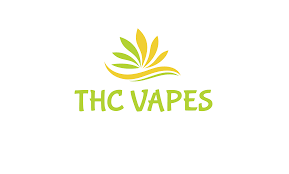
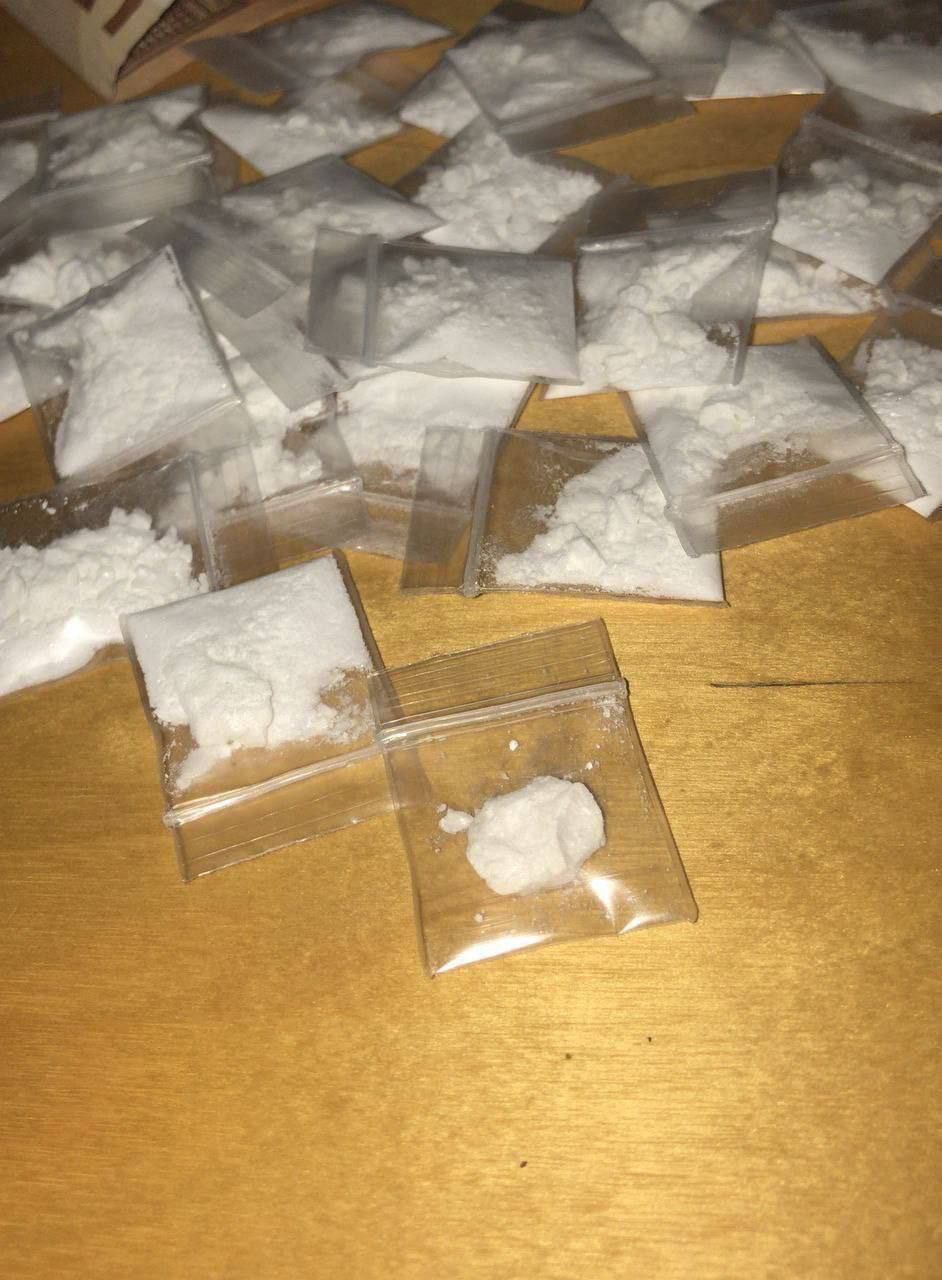
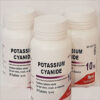
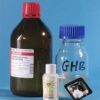
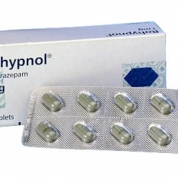

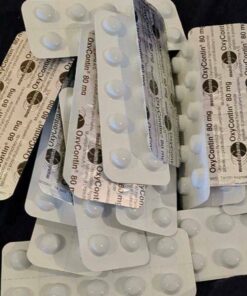
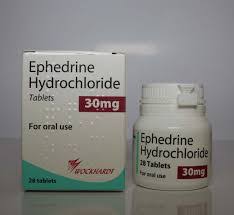
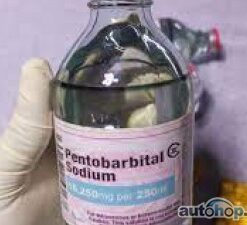
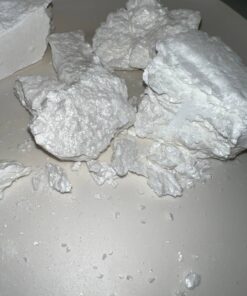

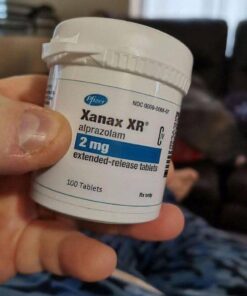
Reviews
There are no reviews yet.